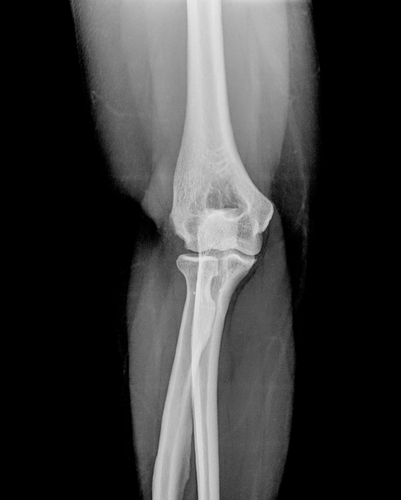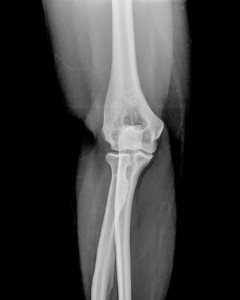Scleroderma Hinted at Through Joint Health
Written by |

 A new study entitled “Joint and tendon involvement predict disease progression in systemic sclerosis: a EUSTAR prospective study,” published in August issue of Annals of the Rheumatic Diseases, reports joint synovitis and tendon friction rubs can predict for early Systemic sclerosis progression.
A new study entitled “Joint and tendon involvement predict disease progression in systemic sclerosis: a EUSTAR prospective study,” published in August issue of Annals of the Rheumatic Diseases, reports joint synovitis and tendon friction rubs can predict for early Systemic sclerosis progression.
In this study, the authors proposed to find independent predictors for Systemic sclerosis progression. Systemic sclerosis is an autoimmune disease characterized by thickening of the skin with most severe cases progressing to organs, such as kidneys, heart, lungs and gastrointestinal tract.
Jerome Avouac, MD of Paris Descartes University, noted, “There are currently no validated predictors of disease evolution and this significantly limits patient risk-stratification and consequently, the use of potentially innovative therapies in the earliest phase of the disease and/or for high-risk patients.”
The team analyzed a cohort study with 1,301 patients with SSc from a European database — the EUSTAR – diagnosed with the disease for less than three years and without cardiac and vascular incidents. The follow up for these patients lasted two years, and the study evaluated skin, cardiovascular, renal and lung progression outcomes and considered at least one organ progression for evaluating overall disease development.
The authors found disease progression manifested in three forms — cutaneous, pulmonary or cardiovascular. Joint synovitis and tendon friction rubs were found as independent predictors for overall disease progression, among other factors, such as elevated creatine kinase and muscle weakness. Specifically for skin progression, both synovitis and tendon friction rubs were also identified as independent predictors; however, for cardiovascular progression, synovitis was predictive of both new digital ulcer(s) and impaired left ventricular ejection fraction while tendon friction rubs can predict scleroderma renal crisis.
Thus, the authors commented, “This first report of the prospective follow-up of EUSTAR patients provide the first evidence of the value of synovitis and tendon friction rubs as predictive indicators of disease progression in patients with early SSc. The results were obtained from the largest database in the world, and argue for the use of these easily evaluated clinical signs for the risk stratification of patients with SSc.”





